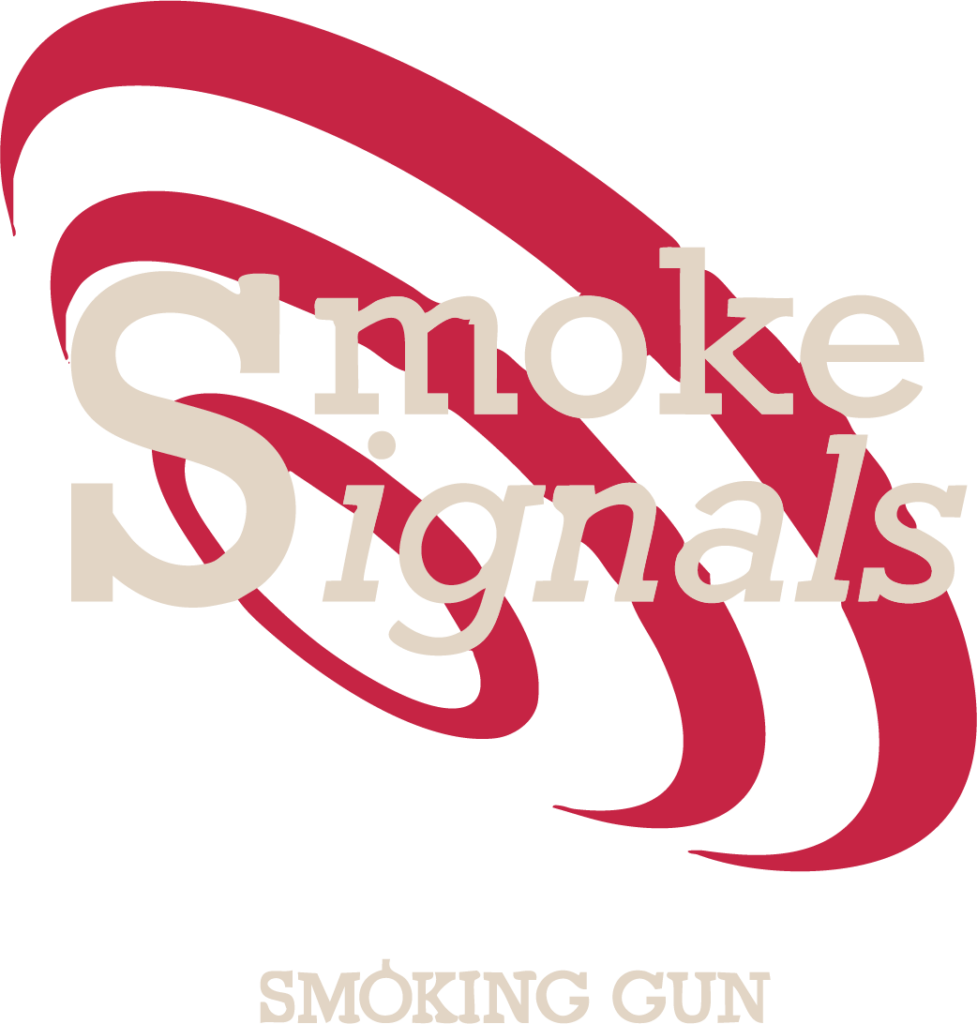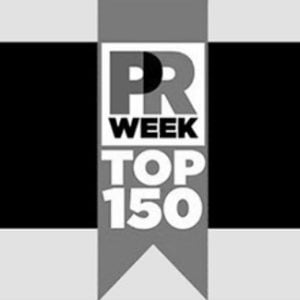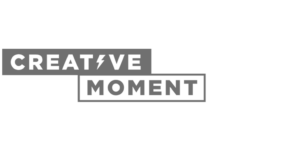
On Sunday the biggest sporting event in America took place, Super Bowl LII, or 52 for anyone not versed in Roman numerals. But now the stats have been analysed, and the numbers crunched, it might surprise some to learn what the most successful ads actually were.
First up, though, a bit of context just in case The Other Type of Football, which we don’t really get much of here in Britain, is the athletic equivalent double Dutch to you. The Super Bowl isn’t just the most prominent fixture in the US calendar for fans, it’s the major date in the diary for many brands keen to tap into huge viewing figures, and great opportunities for paid exposure.
According to AdAge, advertisers have spent a total of $5.2billion running commercials during the 52 years the event has been staged, $419million of which was splashed on 2018’s edition alone. That’s some cash, but with viewing figures estimated to be 103.4million on Sunday evening, it’s clearly a lucrative market (albeit actually down 7% on last February).
We’ve spent the last couple of days perusing some of the analyses that have come off the back of the extravaganza, and one in particular really stands out (aside from the scandal of fans rioting in Philadelphia but somehow not being labelled as negativity as those who took to the streets to protest under the Black Lives Matter banner).
Digressions aside, according to iSpot.tv, which rates the biggest ads based on ‘digital share of voice’— the total number of times commercials were shared, watched, and commented on via social media platforms- the top 10 for 2018 is half movie and TV trailers, rather than dominated by the famous Super Bowl ads brands have always made specifically to run during this single event.
With this in mind, we took a look at the last few years to see if this has always been the case.
Entertainment ads v brand ads at the Super Bowl, according to iSpot.tv

Super Bowl 2015 – 9/10 adverts were for brands, services and products (1/10 movie and TV related)
Super Bowl 2016 – 10/10 adverts were for brands, services and products (0/10 movie and TV related)
Super Bowl 2017 – 8/10 adverts were for brands, services and products (2/10 movie and TV related)
Super Bowl 2018 – 5/10 adverts were for brands, services and products (5/10 movie and TV related)
We recently published a downloadable guide to the benefits of earned media coverage over paid, which looks at the Edelman Trust Barometer, an annual study assessing the level of faith the public has in media (including social), business, and the government. Over the last 12 months, the US has experienced the biggest fall in trust of any country included in the survey.
Movies and TV are, by nature, fantasist pursuits, and therefore we don’t question their integrity, we look at their quality and entertainment value. Even when we file them as reality or realism they are always directed and staged to some extent. Adverts for products and services, in contrast, are trying to get us to believe in that product or service, which is a real thing in the real world.
It may be coincidental that this year the Super Bowl’s big hitters are less brand-fossed. It could be a result of what films are on the list (big box office fare abound, Star Wars, Jurassic Park, Mission Impossible, Marvel Avengers). Or it just might be another sign of audiences acting on increasing levels of advertising fatigue and distrust.
Musings done, here are the top 10.
Solo: A Star Wars Story
Share of voice: 8.55%
Avengers: Infinity War
Share of voice: 8.55%
Doritos Blaze vs Mountain Dew Ice: Battle
Share of voice: 8.42%
Amazon Echo Alexa Loses Her Voice
Share of voice: 7.92%
Jurassic World: Fallen Kingdom
Share of voice: 6.85%
Mission: Impossible – Fallout
Share of voice: 5.18%
NFL – Touchdown Celebrations
Share of voice: 5.05%
This Is The Pepsi
Share of voice: 4.82%
Tom Clancy’s Jack Ryan (Amazon Prime Instant Video)
Share of voice: 3.43%
It’s A Tide Ad
Share of Voice: 3.02%










